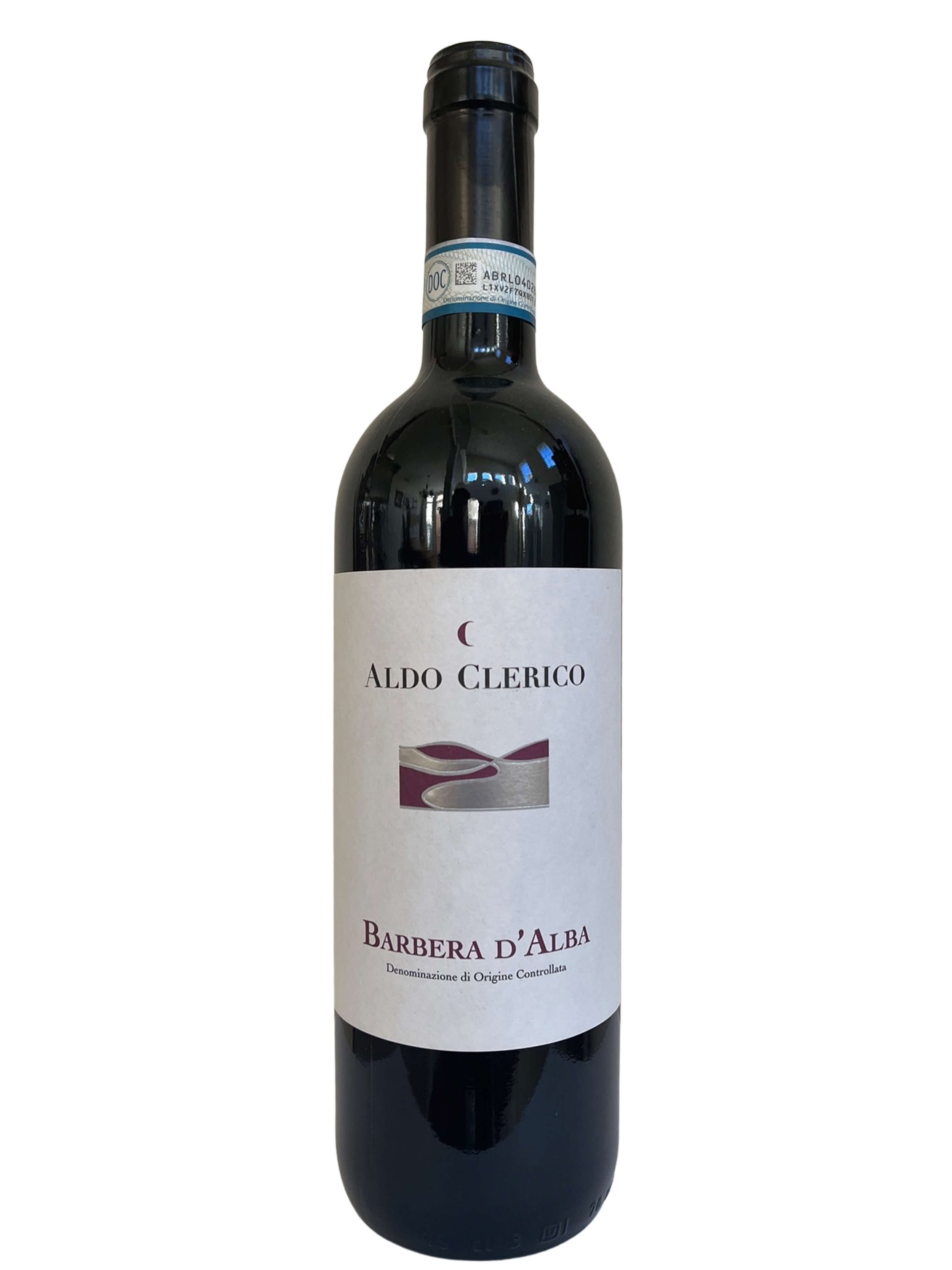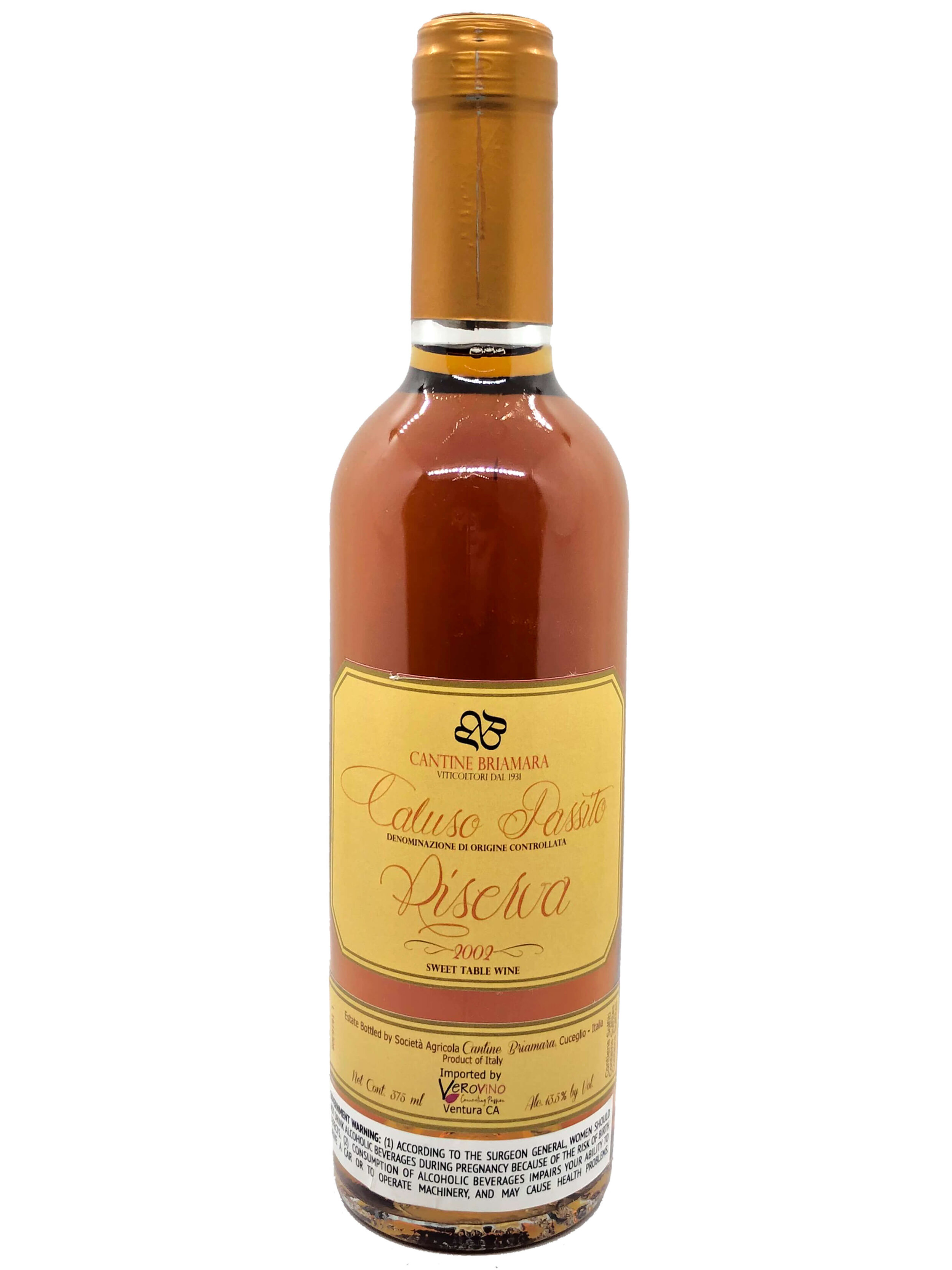Mardi Gras and Carnival: Connecting Traditions Around the World
Bright colors, fancy masks, indulgence. These are what a lot of people consider the hallmarks of Mardi Gras, and of Carnival as well. But wait what’s the difference… aren’t they the same? Well, technically no. So let’s dive into the history legends, traditions, and of course, foods to understand where Mardi Gras and Carnival come from… and how to celebrate both!
Carnival, or carnevale as it is called in Italian, is the season between the Epiphany (January 6th) and the beginning of Lent (the 40 days before Easter). It is marked by festivals, parties, and various religious events, and culminates in the famous Mardi Gras, Fat Tuesday, or martedi grasso in Italian. Mardi Gras is the last Tuesday before Lent begins, on Ash Wednesday. As Lent is traditionally a period of religious observation marked by abstinence of some kind for 40 days, Mardi Gras is the opportunity to get your fill and enjoy every moment of indulgence before the strictness of lent. None other than Edgar Allen Poe says it best in his short story The Cask of Amontillado, that takes place “one evening during the supreme madness of the carnival season”.
This year, in 2021, Fat Tuesday falls on February 16th, just after Valentine’s day. So how does one celebrate Mardi Gras and Carnival? Let’s have a look at three of the most famous places to celebrate it in the world: Italy, New Orleans, and Rio de Janerio. What do they do to celebrate? What food is part of the celebration?
Freshly made sfrappole or chiacchiere or bugie in the 100 year old Bolognese bakery, Panificio Tubertini.
Carnevale in Italy
Italy is the home of one of the most notable and oldest incarnations of carnevale: Venice. The Venice carnival is everything a festa di carnevale should be: elaborate, beautifully stunning, and filled with tasty treats and fun. In fact, those famous Mardi Gras masks, colorful and covered in elaborate feathers come originally from the Venetian festival, where party-goers would dress up in elegant masquerade. Initially, the masks were a method to allow the stratified Venice society to mix, and participate in the debauchery of the party, in anonymity. Now, they have become a symbol of the city and the season.
Elsewhere in Italy, Italians celebrate carnevale with children dressing up in costumes and towns hosting carnevale parades. As Halloween is not traditionally celebrated in Italy, this is the time to bust out fantasy or funny costumes. One of the most infamous Carnevale parade is in Viareggio, in Northwestern Tuscany. They have taken this Carnevale celebration to the max with an almost 150 year old tradition of elaborate and ostentatious floats made of paper mâché figures known for their satirical puns on political figures and current events, in Italy and worldwide.
Of course, these parties are always accompanied with a series of delectable treats, traditional to the season. Most of these sweets are variations upon a fried theme, from fritelle or simple balls of fried dough mixed with chopped fruits to the more famous crunchy bits of sweetened and fried bread dough covered in powdered sugar (much like the New Orleans beignet) which are called by different names, depending on where you are in Italy: such as chiacchiere (in Milan and central/southern Italy), bugie in northern Piedmont, and sfrappole in Bologna. For the sake of argument, let’s call them chiacchiere! Every pastry shop, restaurant, and nonna has their own tried and true recipe, but all agree that the best are those that are light and flaky, and the just-perfect shade of golden brown that is not too light, but not too dark. So delicate, a well made chiacchiere melts in your mouth as you bite into it.
Some places like to fill the chiacchiere with light creams or jams. This requires a thicker dough, and the ‘package’ is formed much like a ravioli would be, carefully sealing the edges before dunking in the hot oil and deep frying to perfection.
Sweet, fresh wines pair well with the sweet and fried aspects of Carnevale desserts. Some sweet wines to consider are an Organic Albana Dolce sweet white wine, this Limited Production Passito from Piedmont and a Highly Rated Desiderio dessert wine from Friuli in Northeastern Italy.
American Mardi Gras
In America, the undoubtedly most famous Mardi Gras festival is in New Orleans, and is well known for plastic beads flung from parade floats on Bourbon Street and riotous celebrations and parties all over the city. All the same, as it shares the same base for the historical holiday as a ‘kick-off’ for the restrictions of lent, food (and wine) were a founding part of this holiday, and still are an important part in the celebrations today in New Orleans.
With the popularity of Mardi Gras rising, several other cities in the US have become well-known for their Mardi Gras festivities. Cities such as Mobile, Alabama (a celebration even older than that of New Orleans), San Diego, California (largest on the west coast), and Galveston, Texas (with larger-than-life inspired parade and floats) all have their part in cementing the roots of modern US Mardi Gras traditions. The holiday has grown in popularity to reach a fever pitch in the modern era, with parade floats becoming more elaborate, and parties more riotous. However, as any travel to New Orleans, or any other Mardi Gras celebration, during the Carnival will tell you: the food and wine are just as important to the celebration as in days of old.
Freshly made New Orleans style beignets, covered in powdered sugar and ready to eat.
One of the most famous foods associated with Mardi Gras is the colorful King Cake. It is a ring of pastry, similar to that of a cinnamon roll. Toppings vary depending on intricacy and indulgence; some are simply decorated with sugar icing, other with brightly colored toppings of Mardi Gras colors in purple, green, and gold. There is one aspect however, that no true King Cake can do without: a small baby charm. This small plastic charm is baked into the dough, and the person that receives it in their slice is considered ‘extra lucky’. Originally intended to symbolize the baby Jesus bestowing blessings, now the more common tradition is that it brings a year of good luck, and the recipient passes that luck on the following year by supplying a new King Cake.
Another popular dessert that graces New Orleans’ and Mardi Gras menus, even after the days of carnival have passed, are beignets. These doughy, delicious, sweet pastries follow the path of other classic Mardi Gras desserts. Akin to a doughnut, beignets are fried pieces of a thick sweet dough that puffs as it cooks. When removed from the oil, they are sprinkled with copious amounts of powdered sugar and enjoyed hot, or once cooled. In fact, even in Italy they celebrate with beignets, so it is impossible to miss the connection with carnival traditions in Italy and in the US.
Heading into a sugar coma just thinking about all the sweetness in beignets and king cakes? Then have no fear, you will find traditional New Orleans, creole heritage inspired foods in all the cafes lining Bourbon Street before the Mardi Gras parades. Savory, belly-filling dishes such as the spicy rice dish jambalaya or the flavorful soupy gumbo are hallmarks of Louisiana cuisine. For those savory dishes with more spiciness, a Barbera d’Alba red wine will cut through and shine nicely. Similarly, a sparkling white wine will pair nicely with the fish dishes like this Prosecco.
Carneval in Brazil
Ubiquitous with the idea of Mardi Gras, is also the world-famous Carneval in Rio de Janerio, Brazil. For a week before fat Tuesday, Brazilians party it up with a series of street fairs and parades, filled with those famous images of huge floats brimming with feathered headdresses and eye-popping colors. In fact, the festival in Rio is the biggest carnival party in the world, with sometimes upwards of two million people flooding the city streets every night.
The Rio Carneval is a delightful amalgamation of many different cultures and traditions from various points. The elaborate dress and costumes bring up impressions of Venetian costume balls, spiced up with Latin flair. The gigantic parades are reminiscent of Italian places like Viareggio and Venice. The street fair atmosphere can at times almost seem to transport you to a world stuck between those of both Rio and New Orleans.
During these nights of heart-pounding music, dancing, and pageantry, food plays an integral part of the celebrations for the locals. Through food and drink Brazilians bring alive old-fashioned traditions, still honored during the insane party season. As chef Jamie Oliver states, “Top foods include traditional Brazilian recipes such as feijoada (slow-cooked pork and beans with rice), moqueca baiana (fish stew) or carurú (a soup with shrimp and toasted nuts). There’s also plenty of street food and sweet treats on offer, such as brigadeiros (chocolate truffles) and quindim – a dessert made of egg yolks, sugar and ground coconut.”
Check out below our wine suggestions to go with your own Mardi Gras celebrations at home. Buy in our online shop and we’ll ship to you, with free shipping on 12 bottles or more!







